
Digestive System Digesting Food & absorbing dietary nutrients

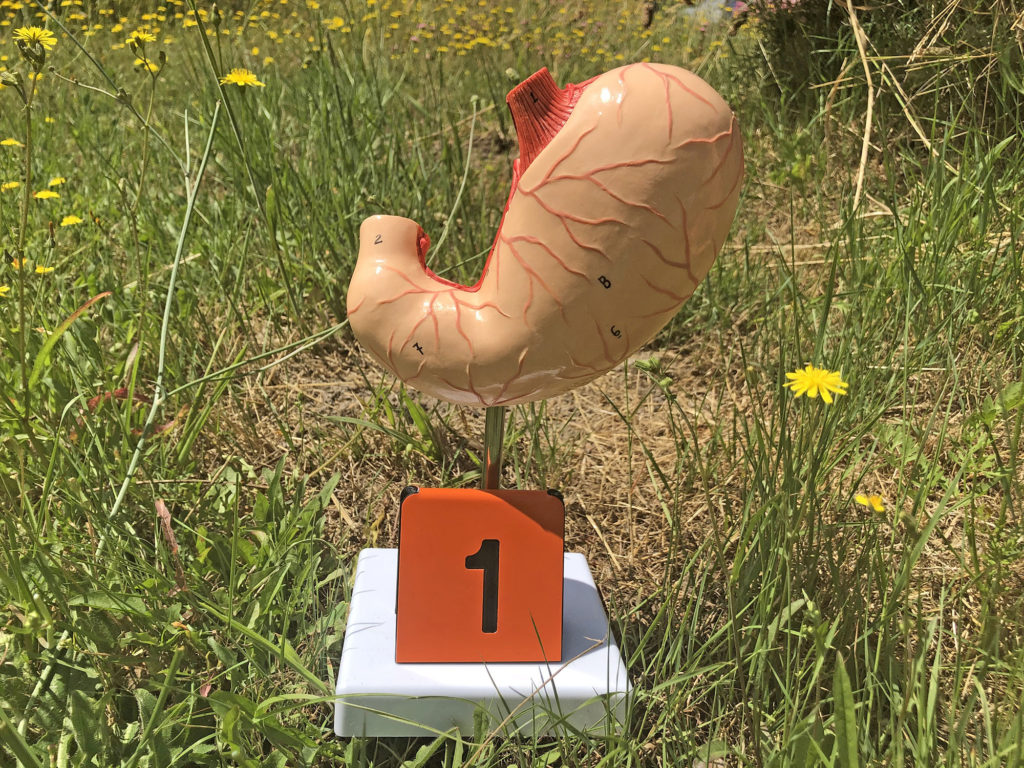
Digestive System Objectives
-
List the basic digestive functions, including the path food takes from ingestion through processing to egestion as fecal material.
-
Describe the structures and functions of the upper G.I.T. organs.
-
Describe the structures and functions of the lower G.I.T. organs.
This is a big organ system with many different organs and functions. We are starting with an overview that provides perspective of what the system has to accomplish.
Now a closer look at the primary digestive organs that will be encountered throughout this guide.
Mark takes us on the path that food takes as it is digested into chyme, nutrients are absorbed, and feces is egested.
Digestion is both mechanical and chemical. This video demonstrates real-world examples of each.
Upper G.I.T.
We are starting with an overview of the upper gastrointestinal organs, starting with the mouth and moving through the esophagus to the stomach.
This video provides an overview of our adult teeth.
Which teeth are “missing” from this model, possibly because they have not grown in yet?
answer: the third set of molars, often called “wisdom teeth.”
All of our teeth have the same basic anatomical components. This video introduces the parts of a tooth.
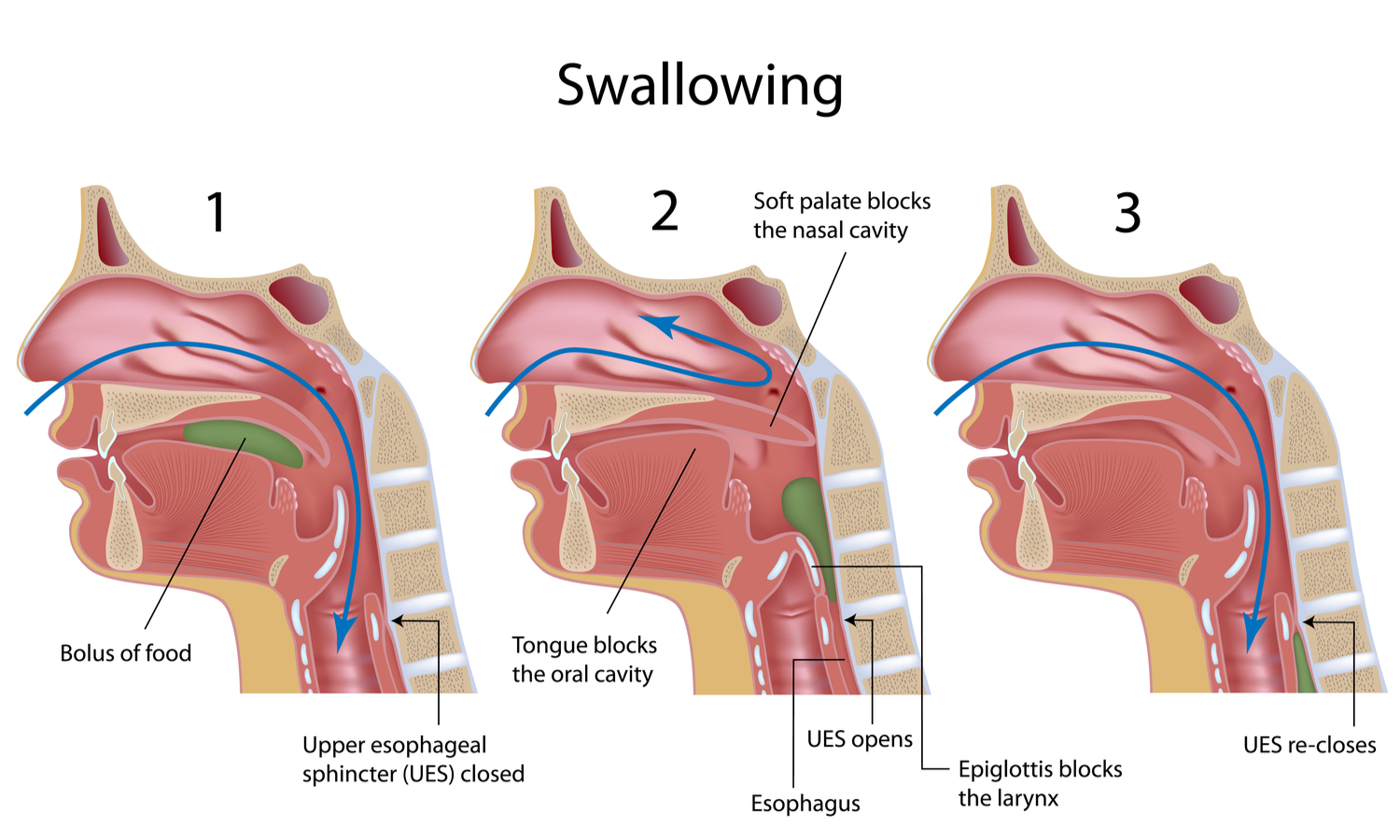
Processes that seem simple, like swallowing and breathing, require numerous structures so the two processes are not mistakenly inverted.
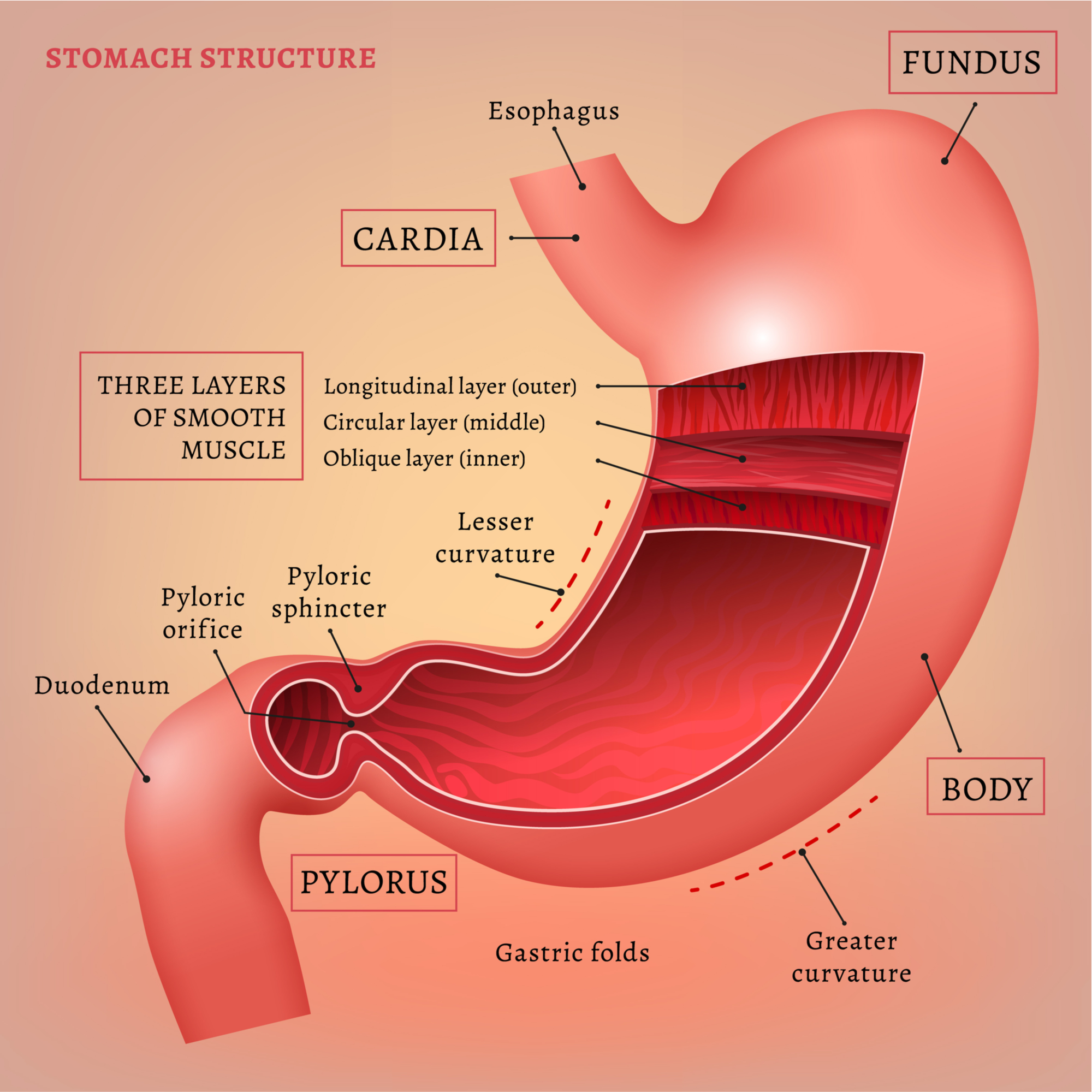
The stomach has zones with specific functions related to digestion. For example, the Cardia contains the valve that opens and closes between the esophagus from the stomach.
In the next video, try to distinguish between the primary roles of the stomach’s fundus, body, and pylorus regions.
Lower G.I.T.
We are starting with an overview of the lower gastrointestinal tract organs: small intestine, large intestine, rectum, and anus.
Often people confuse the small intestine and large intestine. This video introduces and contrasts these two organs.
The small intestine not only continues mechanical and chemical breakdown, it also has to absorb nutrients into the blood. This absorption is possible due to significant surface area created in part by villi.
A microscopic view of the cells involved in digestion and absorption within the small intestine.
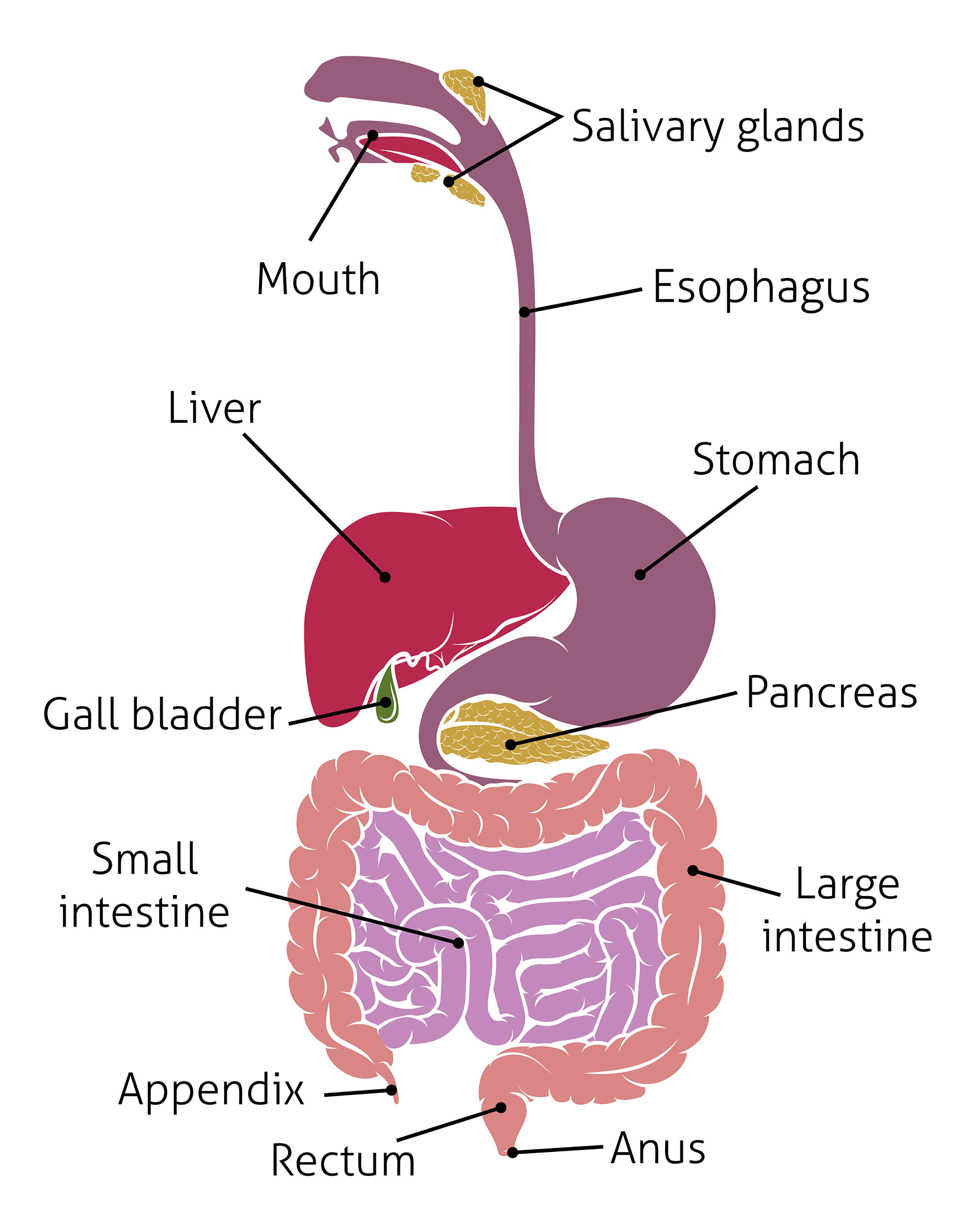
Three accessory organs assist the small intestine in digestion: the liver, gallbladder, and pancreas. Tubes carry digestive chemicals to the small intestines, so the chyme never enters these three organs, but they do aid in digestion.
Liver: produces bile that assists in breaking down fatty materials. Bile is comprised of water, cholesterol, bile acids, and bilirubin (broken down heme from red blood cells). The bile travels down a tube from the liver to the gallbladder.
Gallbladder: stores and concentrates the bile produced in the liver and releases it after consumption of a fatty meal. It has a bile duct that dribbles the bile into the duodenum region of the small intestine.
Pancreas: produces digestive enzymes including lipase (breaks down lipids) and trypsin (breaks down proteins). A tube carries these enzymes to the duodenum of the small intestine.
Fatty substances are notoriously difficult to digest. This video demonstrates how lipase (produced in salivary glands and the pancreas) breaks down lipids. In the digestive system, bile would work with the lipase, in this demo I’m using liquid soap instead.

The large intestine absorbs _____ (otherwise we would have diarrhea) and _____ (needed for bones and more), and converts chyme into _____ which is further compacted in the rectum.
The next section examines the wide variety of disorders than can occur in digestive organs.
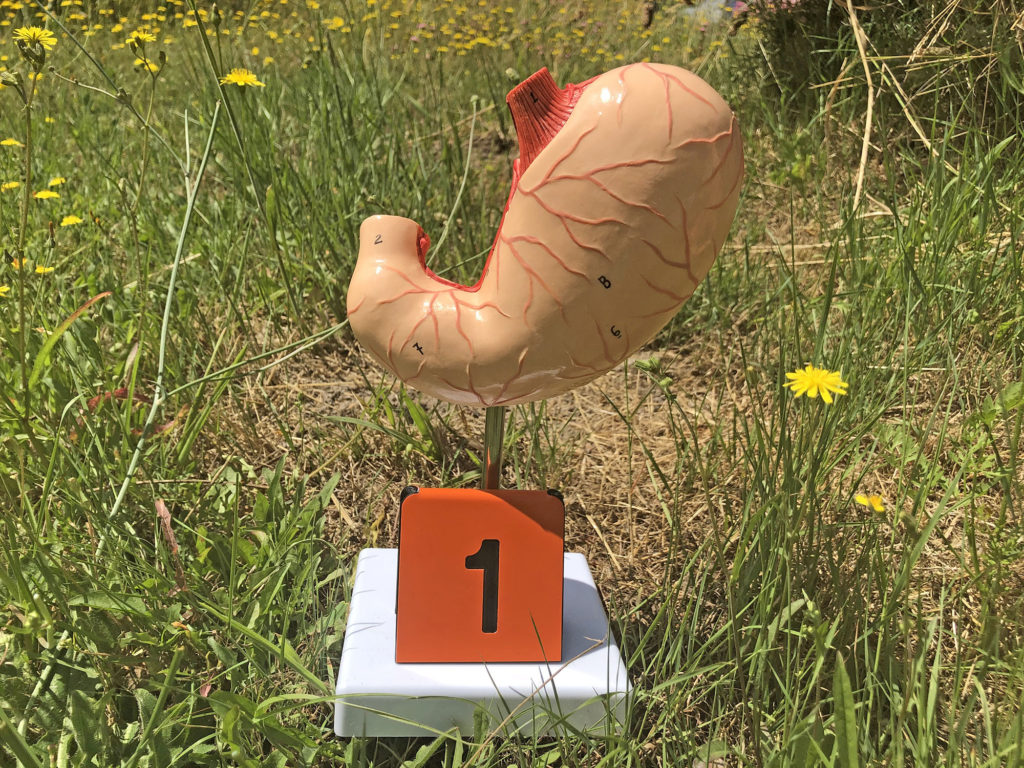
Check your knowledge. Can you:
-
list the basic digestive functions, including the path food takes from ingestion through processing to egestion as fecal material?
-
describe the structures and functions of the upper G.I.T. organs?
-
describe the structures and functions of the lower G.I.T. organs?



